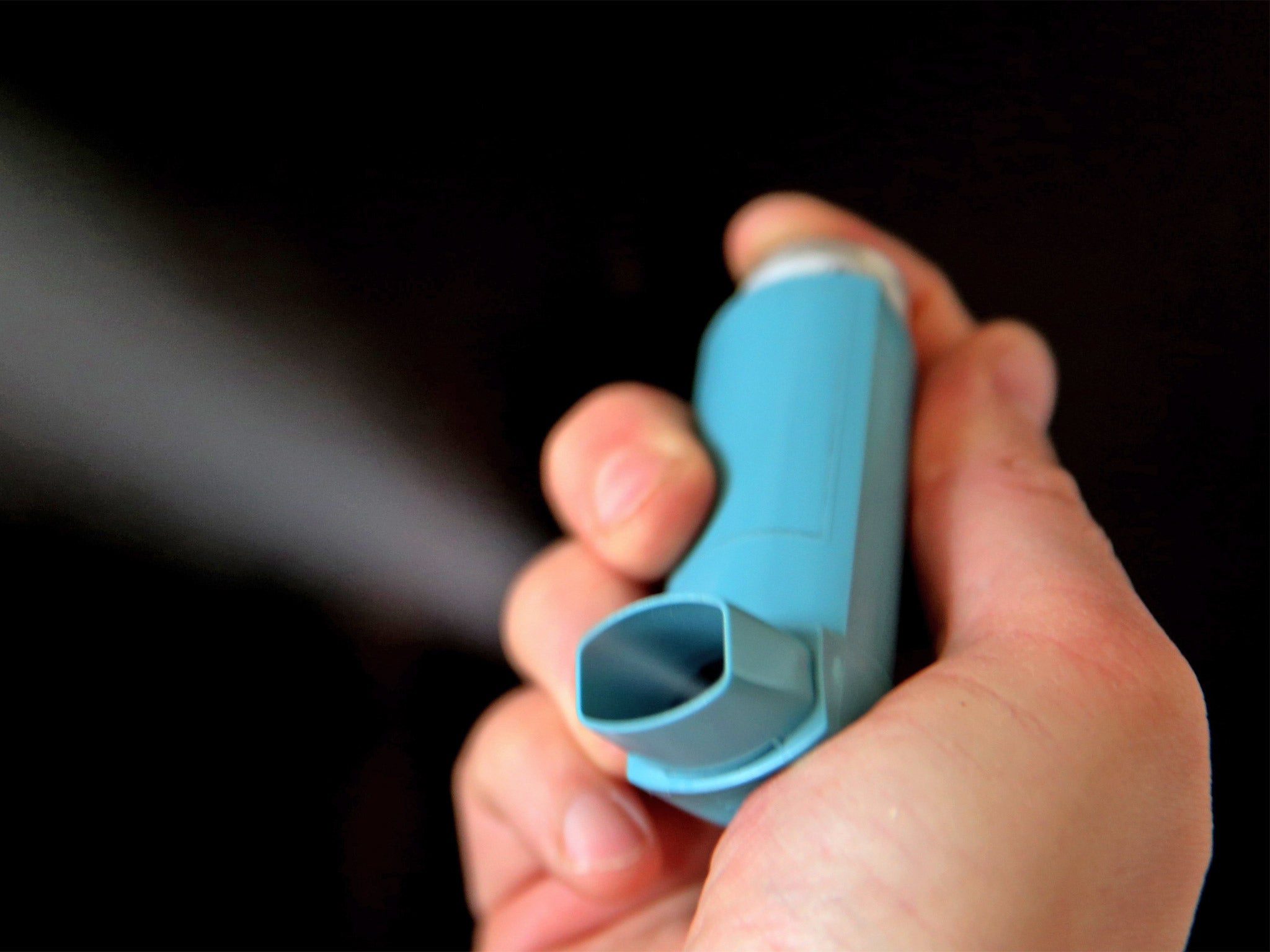Asthma inhalers emit same amount of carbon as 180-mile drive, health watchdog warns
Greenhouse gases in 100-dose inhaler equivalent to driving from London to Sheffield, new guidance warns

Your support helps us to tell the story
From reproductive rights to climate change to Big Tech, The Independent is on the ground when the story is developing. Whether it's investigating the financials of Elon Musk's pro-Trump PAC or producing our latest documentary, 'The A Word', which shines a light on the American women fighting for reproductive rights, we know how important it is to parse out the facts from the messaging.
At such a critical moment in US history, we need reporters on the ground. Your donation allows us to keep sending journalists to speak to both sides of the story.
The Independent is trusted by Americans across the entire political spectrum. And unlike many other quality news outlets, we choose not to lock Americans out of our reporting and analysis with paywalls. We believe quality journalism should be available to everyone, paid for by those who can afford it.
Your support makes all the difference.Asthmatic patients are being encouraged to opt for environmentally friendly inhalers after it was revealed the most popular versions emit the same amount of greenhouse gas as a car journey between London and Sheffield.
Metered dose inhalers use hydrofluorocarbons – powerful greenhouse gases – to help propel lifesaving drugs into sufferers' airways.
New guidance by the National Institute for Health and Care Excellence (Nice), the watchdog which reviews the cost effectiveness of NHS medicines, found five doses from the device generate the same carbon emissions as a nine-mile car trip.
That means each 100-dose inhaler has a carbon footprint roughly equivalent to a 180-mile drive.
"People who need to use metered dose inhalers should absolutely continue to [use them], but if you have the choice of a green option, do think about the environment,” Professor Gillian Leng, deputy chief executive of Nice, said.
"Cutting carbon emissions is good news for everyone, especially those with respiratory conditions."
This is the first time Nice has assessed the carbon footprint of a drug, as part of work by its NHS sustainability unit looking at the environmental impact of the health service.
The carbon footprint of the HFCs in a single inhaler dose have is equivalent to around 500g of carbon dioxide.
By comparison, dry powder inhalers contain just 20g of carbon dioxide per equivalent dose and work well for many patients.
More than 26 million prescriptions for metered dose inhalers were written by English GPs in England in 2016/17.
They made up 70 per cent of UK inhaler sales in 2011, compared with less than half in other European countries and just 10 per cent in Sweden.
The new Nice decision aid also urges patients to return used inhalers to local pharmacies so that they can be safely disposed of, or to recycle them where the service is available.
Join our commenting forum
Join thought-provoking conversations, follow other Independent readers and see their replies
Comments